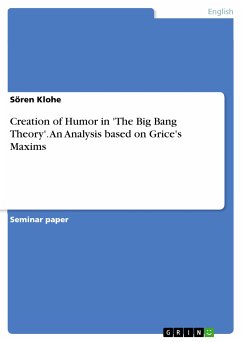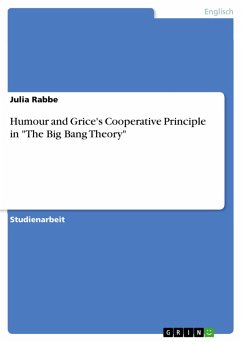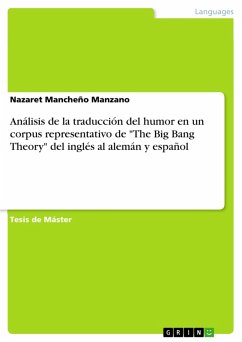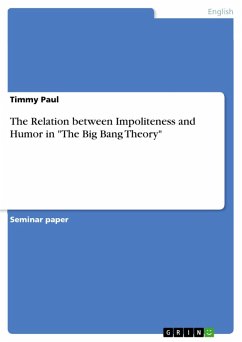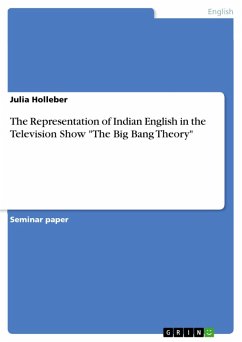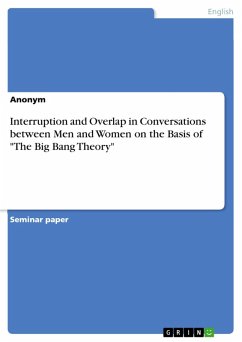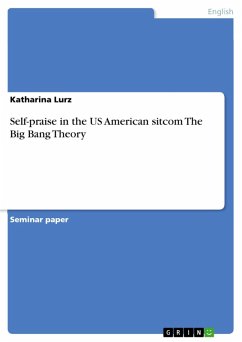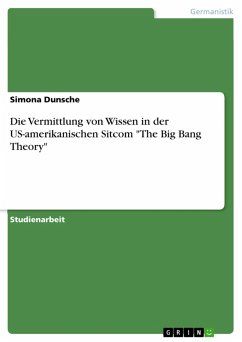Seminar paper from the year 2012 in the subject English Language and Literature Studies - Linguistics, grade: 1,0, University of Trier, language: English, abstract: I Introduction The study of humor dates back to the ancient times when Plato and Aristotle formulated first theories as to why people laugh (Attardo 1994:18-19). In the course of centuries humor has become a complex field of study with numerous researches that have been conducted in various disciplines (Schnurr 2010: 308-309). Hence, humor has also been given attention in the field of linguistics, especially in its branches semiotics, semantics and pragmatics. Due to the extensive research by linguists like Attardo (1994), Raskin (1985) or Norrick (1993), verbal humor has become a thoroughly investigated field these days. While Raskin¿s (1985) and Attordös (1994) research focuses on humor theories as well as analyzing the nature of jokes from a linguistic point of view, Norrick investigates the function of humor in the context of familiar conversations (Attardo 136- 137 , 145). However, it was not until recently that linguists have engaged with the analysis of humor in sitcoms; therefore comparatively few studies have been published in this area yet (Kalliomäki 2005: 4). This pragmatic approach to humor aims at investigating if humorous situations in the American sitcom 'The Big Bang Theory' relate to the violation of the maxims of the cooperative principle. Moreover, this study analyzes which humor strategies are produced by the violation of the Gricean cooperative maxims to elicit the audience¿s laughter. The relevant research questions are: 1) Do humorous situations relate to the violation of the maxims of the Grice¿s cooperative principle? 2) If 1) is the case, what are the characteristics of the humor that is produced through the violation of a maxim? (i.e. Which maxim is violated? Which humor strategies are employed by whom and in which context?) 3) Does a character create humor by intention or unintentionally? The qualitative analysis in this paper is supposed to contribute to a better pragmatic understanding of the humor of the sitcom 'The Big Bang Theory'. The data used in this study are obtained from the collection of scripts from season 1 and the DVD - recording. 'The Big Bang Theory' has become one of the most popular sitcoms in the US. It deals with four nerdy characters, the two roommates and physicists Sheldon Cooper and Leonard Hofstadter as well as their friends, astrophysicist Rajesh Koothrappali and the Jewish aerospace engineer Howard Wolowitz.
Dieser Download kann aus rechtlichen Gründen nur mit Rechnungsadresse in A, B, BG, CY, CZ, D, DK, EW, E, FIN, F, GR, HR, H, IRL, I, LT, L, LR, M, NL, PL, P, R, S, SLO, SK ausgeliefert werden.

